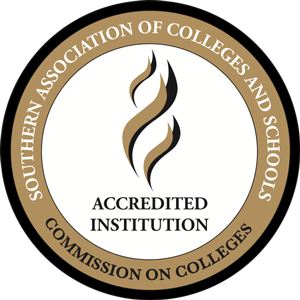WILLIAM D. FORD FEDERAL LOAN
Direct Student Loan Changes
Direct Subsidized loans will not be eligible for an interest subsidy during the six-month grace period.
• Subsidized loans are loans for which the borrower is not responsible for the interest while
the student is enrolled in college on at least a half-time basis, when the loan is in the six-month grace
period after the student is no longer enrolled at least half time, or if the loan is in a deferment status. This provision eliminates
the interest subsidy provided during the six-month grace period for subsidized loans for which the first disbursement is made on or after July 1, 2012, and before
July 1, 2014. If you receive a subsidized loan during this timeframe, you will be responsible for the interest that accrues while your loan is in the
grace period. You do not have to make payments during the grace period (unless you
choose to) but the interest will be added (capitalized) to the principal amount of your loan when the grace period ends. This provision
does not eliminate the interest subsidy while the borrower is in school or during
eligible periods of deferment.
• Subsidized loans for which the first disbursement is on or after July 1, 2016, will have a 3.76%
fixed interest rate for the 2016-2017 school year.
Graduate and professional students are no longer eligible to receive subsidized loans.
• Effective for loans made for payment periods that begin on or after July 1, 2012,
graduate and professional students are no longer eligible to receive subsidized loans. However, if you are a graduate or professional student, you may still qualify
for up to $20,500 in unsubsidized loans each year. The interest rate for graduate and professional students is 5.31%
for the 2016-2017 school year. The interest rate for Direct Plus Loans is 6.31% for
2016-2017 school year.
The U.S. Department of Education can no longer offer borrowers repayment incentives.
• Effective for loans first disbursed on or after July 1, 2012, the Department of
Education is prohibited from offering any repayment incentives to Direct Loan borrowers,
except interest rate reductions to borrowers who agree to have payments automatically
electronically debited from their bank account).
Required Items for Loan Funding Process
After a student has selected a lender, he/she may then complete a master promissory note (MPN). Listed below are some key items required for proper loan funding process:
- FSA ID Website
An FSA ID is combination of a username and password and is required in order to e-sign your Federal Direct Loan MPN and other federal student aid documents. - Master Promissory Note
A Direct MPN is required of all new and current borrowers. - Entrance Counseling
Federal Direct Entrance Counseling is required for new borrowers who have not already completed an entrance counseling session. - Exit Counseling
Federal Direct Exit Counseling is required prior to graduating or leaving Alabama State University; borrowers are required to complete an exit counseling session. - Loan Consolidation
Consolidate your FFELP loans with your Federal Direct Loans when you graduate if desired.
Pros & Cons of Consolidation
A Consolidation Loan can lower the borrower's total monthly repayment and simply loan repayment. Because the repayment period for the Consolidated Loans is often longer than for most Stafford Loans, the monthly payments may be lower.(On the other hand), the total interest that is paid over the longer repayment period is usually greater.) If the borrower has more than one loan, a Consolidation Loan simplifies repayment because there's only one lender and one monthly payment. Consolidation may be an option for a borrower in default, if certain conditions are met. The borrower should also be aware that some deferments and other benefits available with his/her current loans (especially Perkins) may be lost through consolidation.

